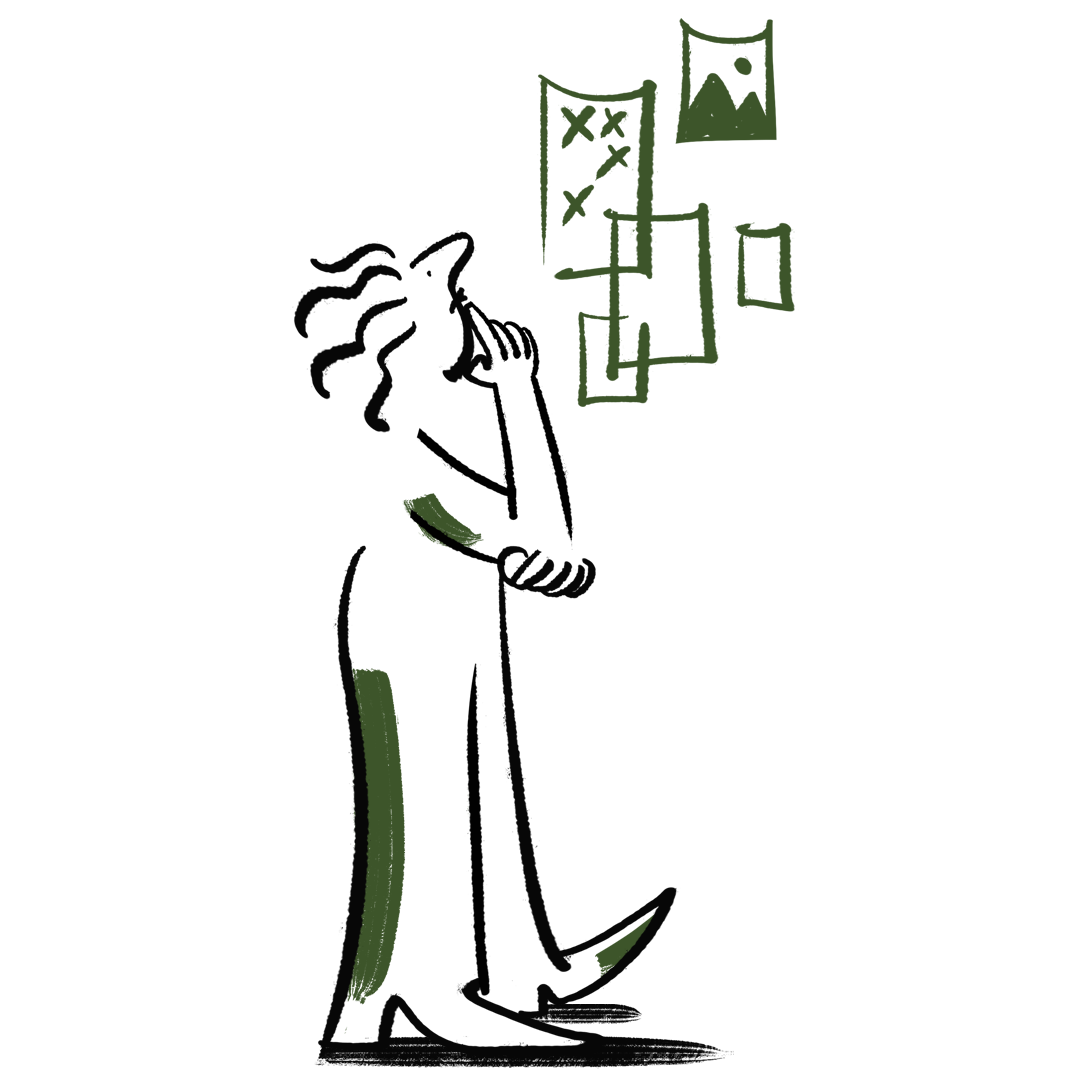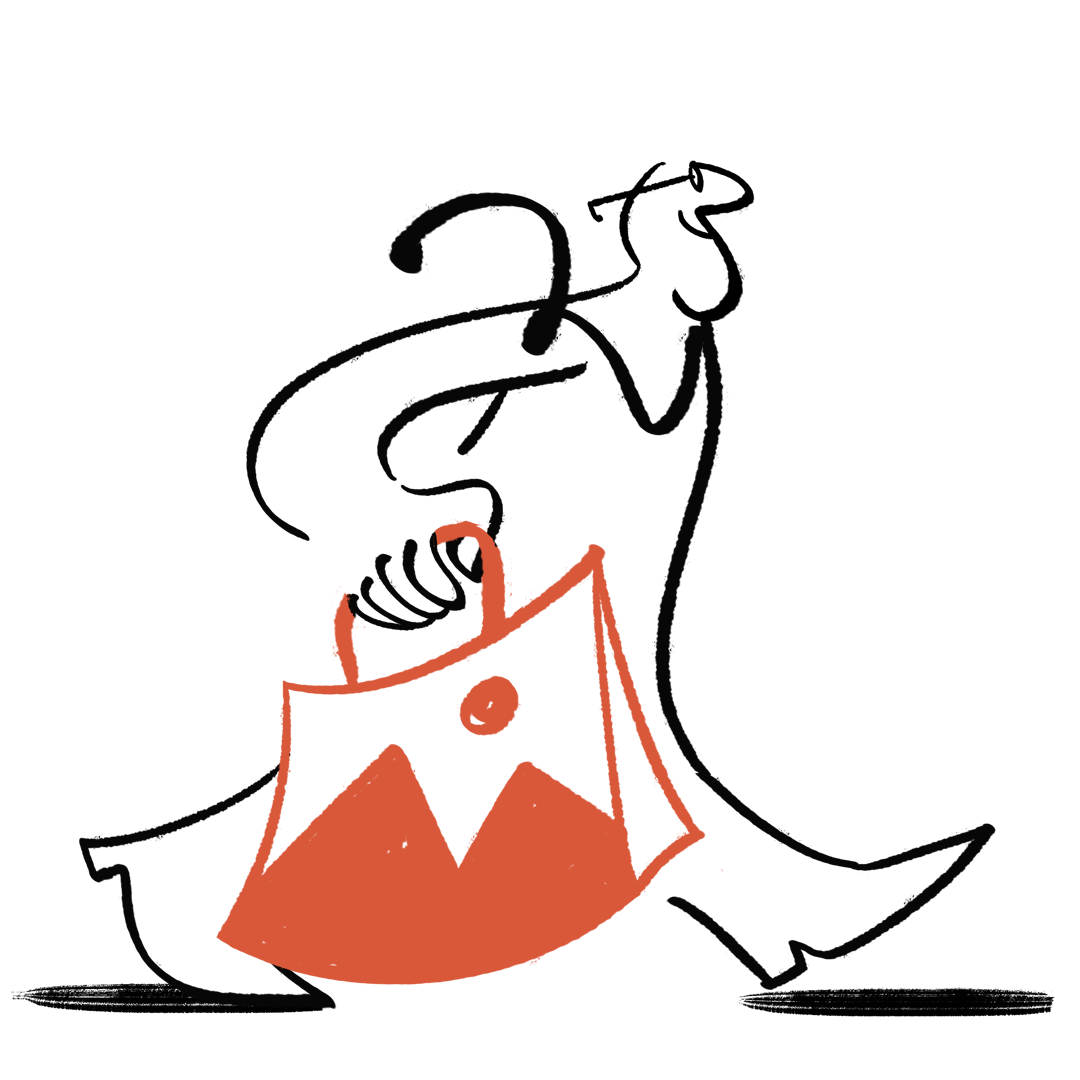Visualize a wider world
12
LUXEMBOURG EU GULF COOPERATION COUNCIL
EU- Gulf Cooperation Council High Level Forum in Luxembourg
22.4.2024 by OLIVIER HOSLET
16
GERMANY HISTORY PHILOSOPHIE
Ceremony marks Immanuel Kant's 300th birth anniversary in Berlin
22.4.2024 by CLEMENS BILAN
23
ISRAEL PALESTINIANS CONFLICT
At least three injured in ramming attack in Jerusalem, police says
22.4.2024 by ATEF SAFADI
3
CHINA FLOODS
Floods in China's Guangdong
22.4.2024 by XINHUA / Huang Guobao
165
USA NEW YORK TRUMP HEARING
Former US President Trump's hush money criminal trial continues in New York City
22.4.2024 by VICTOR J. BLUE / POOL
26
MIDEAST ISRAEL BELIEF
Ultra-Orthodox Jews burn leavened bread ahead of Passover in Jerusalem
22.4.2024 by ABIR SULTAN
21
MIDEAST ISRAEL PALESTINIANS GAZA CONFLICT
Multiple bodies recovered from Nasser Hospital in Gaza
21.4.2024 by HAITHAM IMAD
60
LUXEMBOURG EU FOREIGN COUNCIL
EU Foreign and Defense ministers meet for Foreign Affairs Council in Luxembourg
22.4.2024 by OLIVIER HOSLET
Our solutions
Choose your perfect plan, pack, or professional.
Picture packs
Basic licenses for digital editorial purposes
Save money with our
Pre-Paid Packages.
Video packs
Basic licenses for digital editorial purposes
Save money with our
Pre-Paid Packages.
Book a Professional
Access our global network of professionals
Ask for a quote
Billed per project
Curated collections
Check out EPA's latest curated collections











